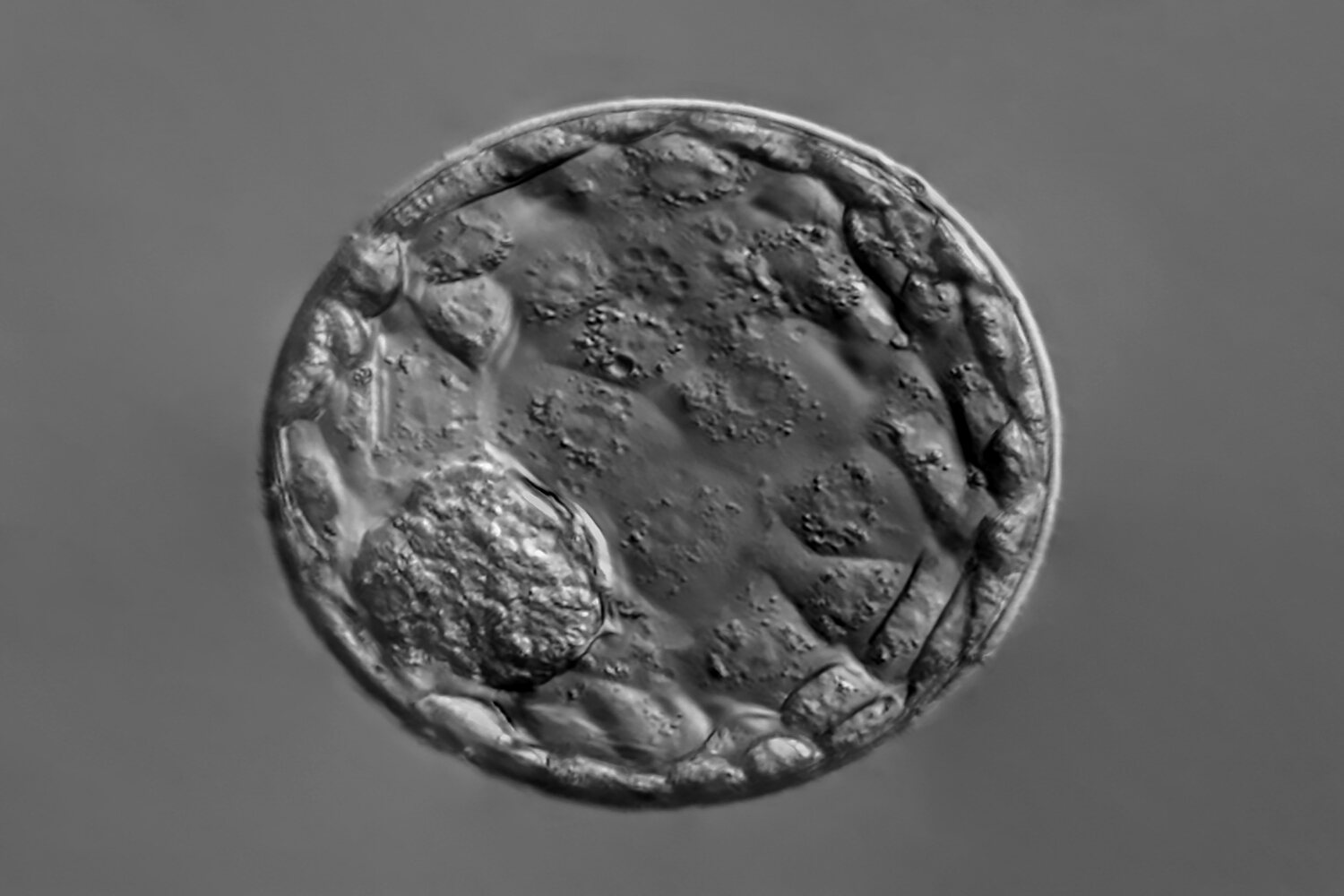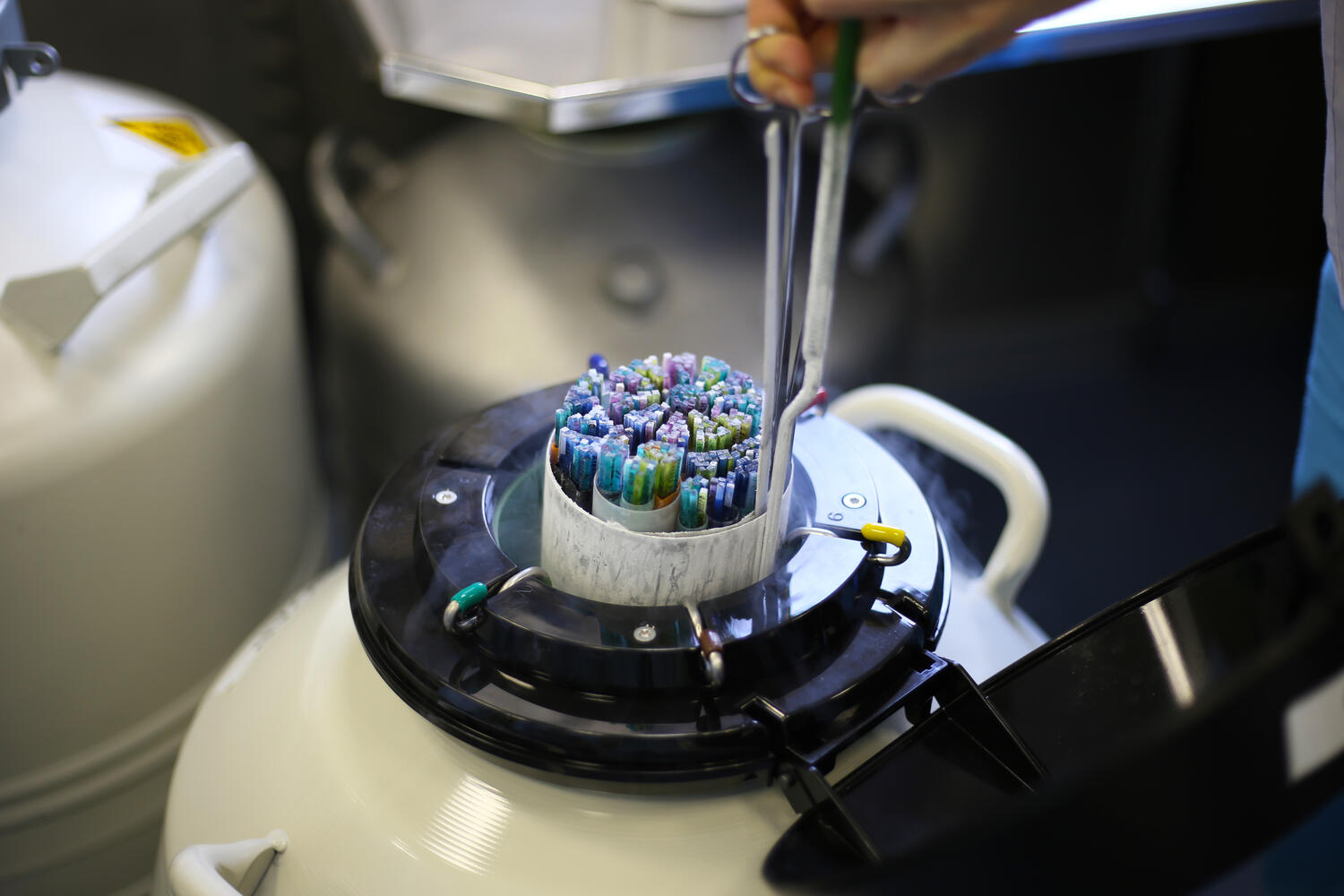
Artificial reproductive technologies encompass complex steps the aim of which is to facilitate a successful pregnancy for women who are unable to conceive naturally or with basic treatment procedures. Most of the ARTs have egg retrieval and embryo transfer as important steps. So what is egg retrieval and what happens post-egg retrieval?
Couples undergoing fertility treatments need to understand the basics of the treatment processes and plans. This will help them understand what to expect and be prepared accordingly. In this article, we decode the steps that happen during egg retrieval and what happens after the process of egg retrieval when the embryo is put back into the uterus.
In This Article
- How Soon After Egg Retrieval is Embryo Transfer Typically Performed?
- Difference Between Cleavage-stage And Blastocyst-stage Transfer
- What Happens During a Frozen Embryo Transfer or FET Cycle?
- Are There Any Restrictions or Recommendations During The Waiting Period After Embryo Transfer?
- FAQ’s
How Soon After Egg Retrieval is Embryo Transfer Typically Performed?
The timing of embryo transfer after egg retrieval in a fertility cycle can vary based on several factors, including the clinic’s protocols and the stage at which embryos will be transferred. Here are some general timelines.
Fresh Embryo Transfer
- If a fresh embryo transfer is planned, it typically occurs within a few days after egg retrieval (1).
- Cleavage-stage embryo transfers might occur on day 2 or day 3 after egg retrieval when the embryos have developed to the 6-8 cell stage.
- Blastocyst-stage transfers, where embryos are cultured for 5-6 days until they reach the blastocyst stage, might happen around day 5-6 after egg retrieval.
Frozen Embryo Transfer (FET)
- In cases where embryos are cryopreserved (frozen) after retrieval, the transfer can be scheduled in a subsequent menstrual cycle. This allows for uterine preparation and hormone optimization.
- FET can occur within a few weeks to a few months after the egg retrieval, depending on the specific treatment plan and the woman’s cycle.
- The decision of whether to go for a fresh or frozen transfer is often based on factors such as the woman’s health, embryo quality, and the clinic’s protocols.
- Sometimes, freezing the embryos for transfer in a subsequent cycle (FET) might be preferred to optimize the chances of successful implantation and pregnancy.
The exact timing and strategy for embryo transfer after egg retrieval will be determined by the fertility specialist or reproductive endocrinologist based on individual circumstances and the treatment plan.
Difference Between Cleavage-stage And Blastocyst-stage Transfer

Cleavage-stage and blastocyst-stage transfers refer to different stages of embryo development, and the timing at which the embryos are transferred into the uterus during fertility treatments like in vitro fertilization (IVF) (2).
Cleavage-stage Transfer
- This type of transfer usually occurs on day 2 or day 3 after fertilization.
- Embryos in the cleavage stage usually have 6–8 cells.
- These embryos have undergone several divisions but have not yet reached the more advanced stages of development.
Blastocyst-stage Transfer
- Blastocyst-stage transfer typically happens around day 5 or day 6 after fertilization.
- By this stage, embryos have undergone further development and have reached the blastocyst stage.
- Blastocysts are more advanced embryos with two distinct cell types: an inner cell mass (which develops into the fetus) and an outer cell mass (which forms the placenta).
Further Differences Between Cleavage-stage Transfer And Blastocyst Stage Transfer
Apart from the above, here are the additional differences between the two types of transfers.
Developmental Stage
Cleavage-stage embryos are at an earlier stage of development with fewer cells (3), while blastocyst-stage embryos are more developed and have a more complex structure.
Implantation Potential
Blastocysts have a higher potential for implantation due to their more advanced stage and the natural selection process that occurs as embryos develop. Therefore, some clinics prefer blastocyst transfer to potentially improve pregnancy rates.
The decision between cleavage-stage and blastocyst-stage transfer is often based on factors such as the number and quality of embryos available, the woman’s age, and the clinic’s protocols. Both approaches have their advantages, and the choice of which stage to transfer will be determined by the fertility specialist based on individual circumstances and treatment plans (4).
What Happens During a Frozen Embryo Transfer or FET Cycle?

Frozen embryos can be transferred in a different cycle from when they were initially retrieved. This process is known as a frozen embryo transfer (FET) cycle and is a common practice in fertility treatments (5).
An FET involves the following steps.
1. Embryo Freezing
After the eggs are retrieved and fertilized in an IVF cycle, any excess viable embryos not used for fresh transfer can be cryopreserved (frozen) for later use.
2. Uterine Preparation
In the FET cycle, the woman’s uterus is prepared to receive the transferred embryo(s). This might involve hormone medications to synchronize the lining of the uterus with the optimal timing for embryo implantation.
3. Thawing And Transfer
The frozen embryos are thawed and assessed for viability. Typically, one or more viable embryos are selected for transfer into the uterus using a thin catheter guided by ultrasound. The procedure is similar to a fresh embryo transfer but without ovarian stimulation or egg retrieval.
4. Post-transfer Care
After the transfer, the woman might be advised to continue certain medications to support the uterine lining and potential implantation.
FET cycles offer flexibility in timing, allowing the woman’s body to recover from the hormone stimulation used in the initial IVF cycle. They also provide opportunities for precise timing of embryo transfer and may improve the chances of successful implantation and pregnancy.
FET cycles are widely used in fertility treatments and offer success rates comparable to fresh embryo transfers. The decision to opt for a frozen embryo transfer might be influenced by various factors, including the woman’s health, embryo quality, and the clinic’s protocols.
Are There Any Restrictions or Recommendations During The Waiting Period After Embryo Transfer?

During the waiting period after an embryo transfer, clinics may provide certain recommendations or guidelines aimed at potentially optimizing the chances of successful implantation. These suggestions might vary between clinics, but some common recommendations include:
1. Avoiding Strenuous Activities
While bed rest or strict activity restriction isn’t typically recommended, heavy lifting, vigorous exercise, or activities that might cause physical strain are often advised for a short period after the transfer.
2. Staying Away From Hot Baths or Saunas
Extreme heat, such as hot baths or saunas, might potentially affect the body’s temperature, and some experts suggest avoiding these to minimize any potential impact on implantation.
3. Avoiding Certain Medications or Substances
Your healthcare provider might recommend avoiding certain medications or substances that could potentially interfere with implantation or early pregnancy.
4. Following Medication Protocols
Continue medications as prescribed, such as progesterone supplements or hormonal medications that support the uterine lining, as these are often part of the post-transfer protocol to aid implantation.
5. Diet And Nutrition
Eating a healthy, balanced diet and staying adequately hydrated are generally recommended. Some suggest focusing on foods rich in nutrients that support fertility and pregnancy.
5. Stress Reduction
While stress doesn’t directly cause implantation failure, reducing stress levels through relaxation techniques or activities that promote well-being might be encouraged.
6. Follow-up Appointments
Attending scheduled follow-up appointments or tests as recommended by your healthcare provider to monitor progress or make any necessary adjustments to the treatment plan.
Egg retrieval and embryo transfer are two important steps in artificial reproductive technologies such as IVF. The timing of the egg retrieval and embryo transfer and the stage at which the embryo is transferred will depend on a myriad of factors which the fertility specialists will take a call on depending on the couples undergoing the treatments. Post-egg retrieval care is as important as the previous steps and the retrieval process.
It’s important to note that individual recommendations might vary based on specific circumstances, so it’s crucial to follow the guidance provided by your healthcare team. However, it’s also important not to overly stress about adhering strictly to every guideline, as stress itself might impact the overall well-being during this period.
FAQ’s
1. What is Egg Retrieval Procedure?
Egg retrieval is a crucial step in assisted reproductive technologies such IVF. This process involves extracting eggs or oocytes from the woman’s ovary through the process of intravaginal aspiration. The process takes place under general anesthesia. The collected eggs are fertilized with sperm to form the embryo. The fertility specialist may then choose to do a fresh embryo transfer or a frozen embryo transfer depending on the patient couple’s conditions and circumstances.
2. What Happens Post-Egg Retrieval?
After the eggs are retrieved, they are cleaned and prepared for the next stage for the process of fertilization. The egg will be placed with the sperm overnight for natural fertilization. Alternatively, the embryologist may inject the sperm into the egg to force the process of fertilization. The embryologist will continue monitoring the growth and division of the embryo. The fertility specialist will then take a decision on which day to do the embryo transfer and whether to do a fresh transfer or freeze some or all embryos for frozen embryo transfer.
3. What Not to Do After Egg Retrieval?
It is important to avoid strenuous activities and hot water exposures such as hot water baths or saunas. Continue following the medication protocols suggested by the doctor. Your doctor may ask you to stay away from certain medications during this period. Focus on eating healthy and keeping yourself hydrated. Staying relaxed and stress-free is important during this period.
[Read Also: Your Comprehensive Guide to an IVF Treatment]
References
- In Vitro Fertilization – StatPearls – NCBI Bookshelf – [https://www.ncbi.nlm.nih.gov/books/NBK562266/]
- Cleavage‐stage versus blastocyst‐stage embryo transfer in assisted reproductive technology – Glujovsky, D – 2022 | Cochrane Library – [https://www.cochranelibrary.com/cdsr/doi/10.1002/14651858.CD002118.pub6/full]
- cleavage stage embryo | Human Reproduction | Oxford Academic – [https://academic.oup.com/humrep/article/27/suppl_1/i50/658491?login=false]
- Blastocyst vs cleavage‐stage embryo transfer: systematic review and meta‐analysis of reproductive outcomes – Martins – 2017 – Ultrasound in Obstetrics & Gynecology – Wiley Online Library – [https://obgyn.onlinelibrary.wiley.com/doi/full/10.1002/uog.17327]
- Fresh vs. frozen embryo transfer: new approach to minimize the limitations of using national surveillance data for clinical research – ScienceDirect – [https://www.sciencedirect.com/science/article/pii/S0015028222019719]
